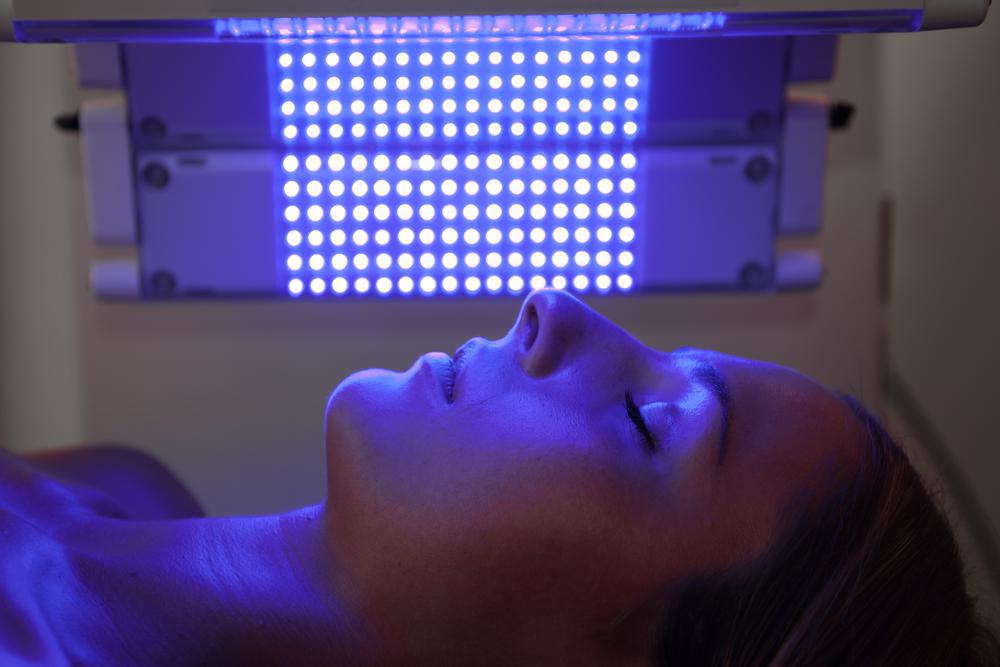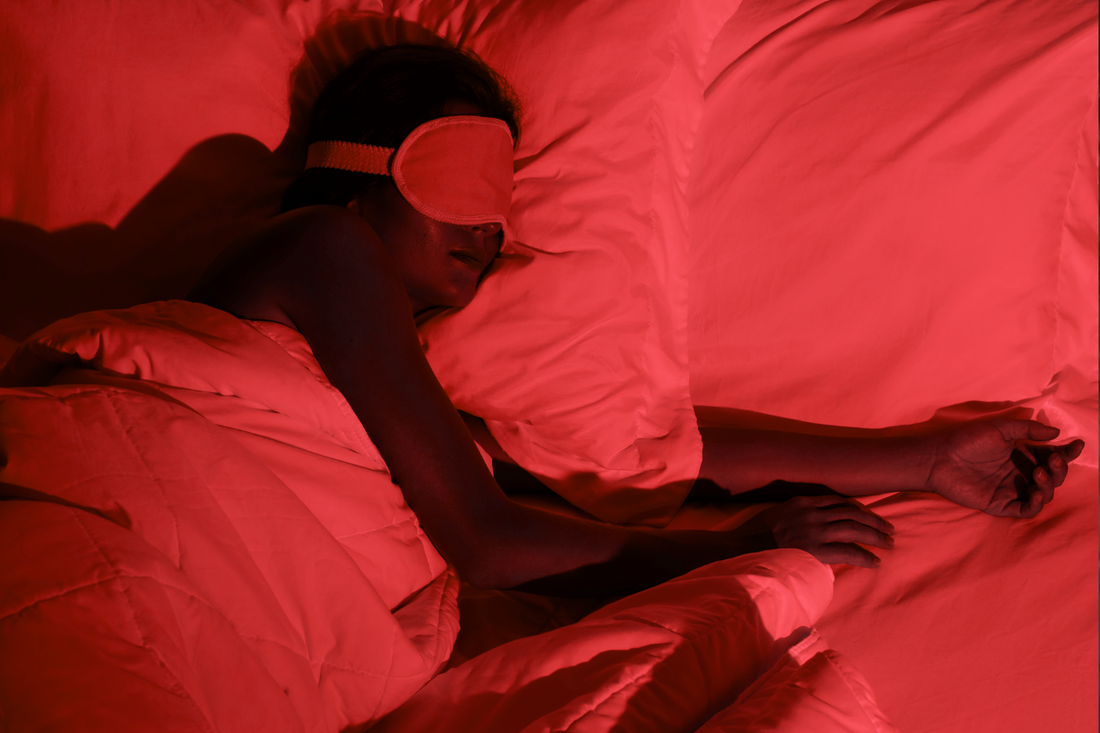Cognitive Behavioral Therapy for Insomnia (CBT-I) - Proven Approaches
Cognitive Behavioral Therapy for Insomnia (CBT-I) - Proven Approaches
Blog Article
Reliable Treatment Solutions for Handling Sleep Disorders and Enhancing Peaceful Sleep
In the world of health care, the monitoring of rest disorders and the pursuit for restful rest are pivotal components of overall health. As we navigate the detailed landscape of sleep conditions and seek to improve our rest experience, a deeper understanding of these therapy solutions may hold the secret to unlocking an extra rejuvenating and meeting corrective journey.
Cognitive Behavior Treatment for Sleep Problems (CBT-I)
Cognitive Behavioral Treatment for Sleep Problems (CBT-I) is an organized, evidence-based therapy approach that concentrates on addressing the hidden factors adding to sleep disruptions. This sort of treatment aims to modify habits and ideas that aggravate sleeping disorders, ultimately promoting healthy and balanced sleep patterns. CBT-I normally involves numerous key elements, including cognitive treatment, sleep restriction, stimulation control, and rest health education and learning.
Cognitive treatment aids individuals identify and alter adverse thought patterns and beliefs regarding rest that might be impeding their ability to drop or remain asleep. Rest limitation involves limiting the quantity of time invested in bed to match the person's real rest duration, thereby raising sleep performance (sleep disorder treatment). Stimulus control strategies assist establish a solid organization in between the bed and sleep by encouraging people to go to bed only when sleepy and to stay clear of engaging in boosting activities in bed
Furthermore, sleep health education and learning concentrates on creating healthy and balanced rest practices, such as keeping a regular sleep timetable, producing a relaxing bedtime regimen, and maximizing the rest atmosphere. By addressing these variables adequately, CBT-I offers an effective non-pharmacological intervention for managing sleeplessness and boosting general rest quality.
Sleep Health Practices
Having developed the structure of cognitive restructuring and behavior modifications in attending to sleep problems through Cognitive Behavior modification for Sleep Problems (CBT-I), the focus now shifts towards exploring crucial Sleep Health Practices for preserving ideal sleep quality and general health.
Sleep health practices encompass a series of behaviors and ecological variables that can significantly affect one's capacity to fall asleep and remain asleep throughout the night. Regular sleep and wake times, producing a relaxing going to bed regimen, and maximizing the rest environment by maintaining it dark, silent, and cool are crucial parts of excellent rest hygiene. Limiting exposure to displays before going to bed, staying clear of stimulants like caffeine near to bedtime, and taking part in routine exercise throughout the day can additionally promote better rest high quality.
Furthermore, practicing leisure techniques such as deep breathing exercises or meditation before bed can help soothe the mind and prepare the body for sleep. By including these sleep hygiene methods right into one's daily regimen, individuals can establish a healthy and balanced rest pattern that sustains relaxing rest and overall well-being.
Relaxation Techniques and Mindfulness
Applying relaxation techniques and mindfulness practices can play a critical duty in promoting a feeling of calm and promoting high quality sleep. natural insomnia remedies. These techniques intend to quiet the mind, minimize stress and anxiety, and create an optimal environment for restful rest. One widely practiced method is deep breathing workouts, where people focus on slow-moving, deep breaths to loosen up the mind and body. Dynamic muscle mass leisure includes tensing and after that releasing each muscle mass team, advertising physical relaxation. Furthermore, assisted images can help carry individuals to a peaceful location in their minds, assisting in stress reduction and improving sleep top quality.
By incorporating these practices right into a going to bed regimen, people can signify to their bodies that it is time to loosen up and prepare for rest. Generally, incorporating leisure strategies and mindfulness methods can dramatically add to taking care of sleep problems and improving overall sleep quality.

Medicine Options for Sleep Disorders
After checking out leisure strategies and mindfulness techniques as non-pharmacological treatments for enhancing rest high quality, it is necessary to take into consideration medicine options for people with rest conditions. In cases where way of living changes and therapy do not supply sufficient alleviation, medicine can be an important device in handling sleep disruptions.
Generally recommended medications for sleep conditions include benzodiazepines, non-benzodiazepine hypnotics, antidepressants, and melatonin receptor agonists. Benzodiazepines, such as diazepam, are sedatives that can aid cause rest, but they are usually suggested for temporary use as a result of the danger of dependancy. Non-benzodiazepine hypnotics like zolpidem are also utilized to treat insomnia and have a reduced danger of reliance contrasted to benzodiazepines. Antidepressants, such as trazodone, can be helpful for individuals with co-occurring depression and rest disturbances. Melatonin receptor agonists, like ramelteon, target the body's all-natural sleep-wake cycle and read the full info here can be valuable for managing sleep patterns.
It is critical for people to consult with a doctor to establish the most proper medication alternative based on their certain rest disorder and case history.
Light Treatment for Body Clock Regulation
Light treatment, additionally recognized as phototherapy, is a non-invasive treatment technique used to control circadian rhythms and improve sleep-wake cycles. This therapy includes direct exposure to intense light that mimics natural sunshine, which aids to reset the body's inner clock. By exposing individuals to particular wavelengths of light, commonly in the early morning or evening depending on the wanted impact, light therapy can successfully readjust the body clock to advertise wakefulness cause of sleep apnea during the day and enhance peaceful rest at evening.
Research has shown that light treatment can be particularly useful for individuals with body clock problems, such as delayed rest phase syndrome or jet lag. It can also be valuable for those experiencing seasonal depression (SAD), a kind of depression that generally happens throughout the winter season when all-natural light exposure is minimized. Light treatment is usually well-tolerated and can be made use of combined with various other treatment approaches for sleep disorders to maximize outcomes and boost overall rest high quality.
Conclusion
Finally, effective treatment services for taking care of rest conditions and improving relaxing rest consist of Cognitive Behavior modification for Sleeping Disorders (CBT-I), rest hygiene practices, relaxation methods and mindfulness, medicine choices, and light treatment for body clock regulation. These techniques can aid individuals boost their rest quality and total wellness. It is very important to speak with a healthcare service provider to determine the most appropriate approach for resolving sleep issues.
As we browse the elaborate landscape of sleep problems and look for to boost our rest experience, a much deeper understanding of these therapy remedies might hold the secret to opening a more refreshing and satisfying corrective trip.
Rest constraint includes restricting the amount of time invested in bed to match the person's real rest period, thus enhancing rest efficiency. Consistent rest and wake times, producing a relaxing going to bed regimen, and maximizing the sleep environment by maintaining it dark, quiet, and cool are critical elements of great rest hygiene. Light treatment is generally well-tolerated and can be used in conjunction with various other treatment approaches for rest conditions to optimize end results and improve total sleep quality.

Report this page